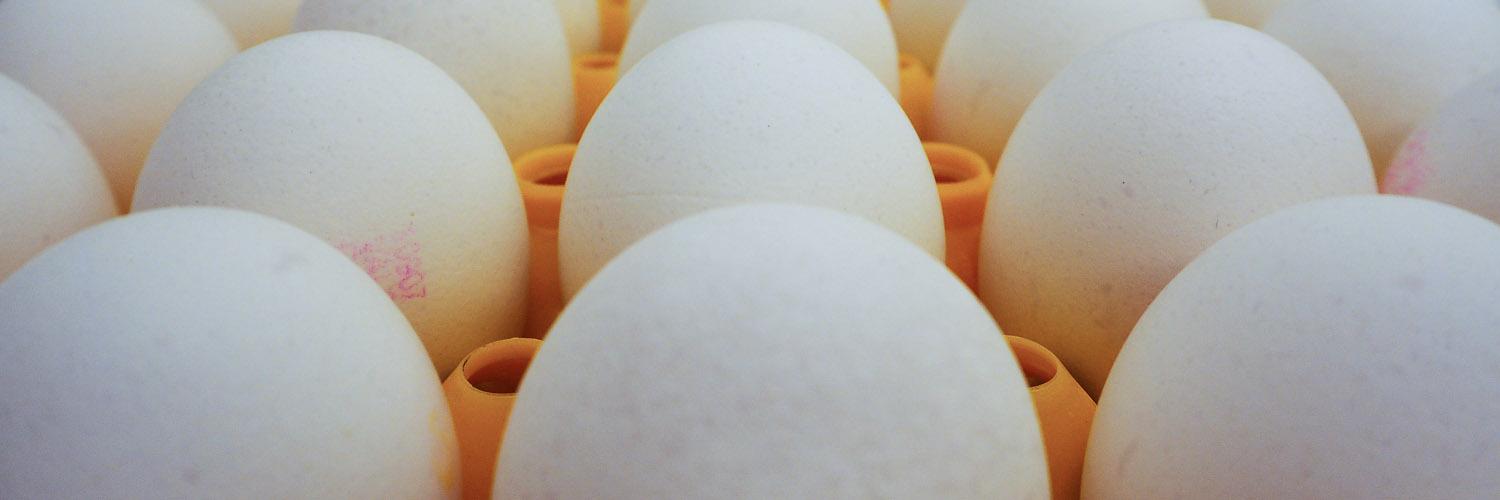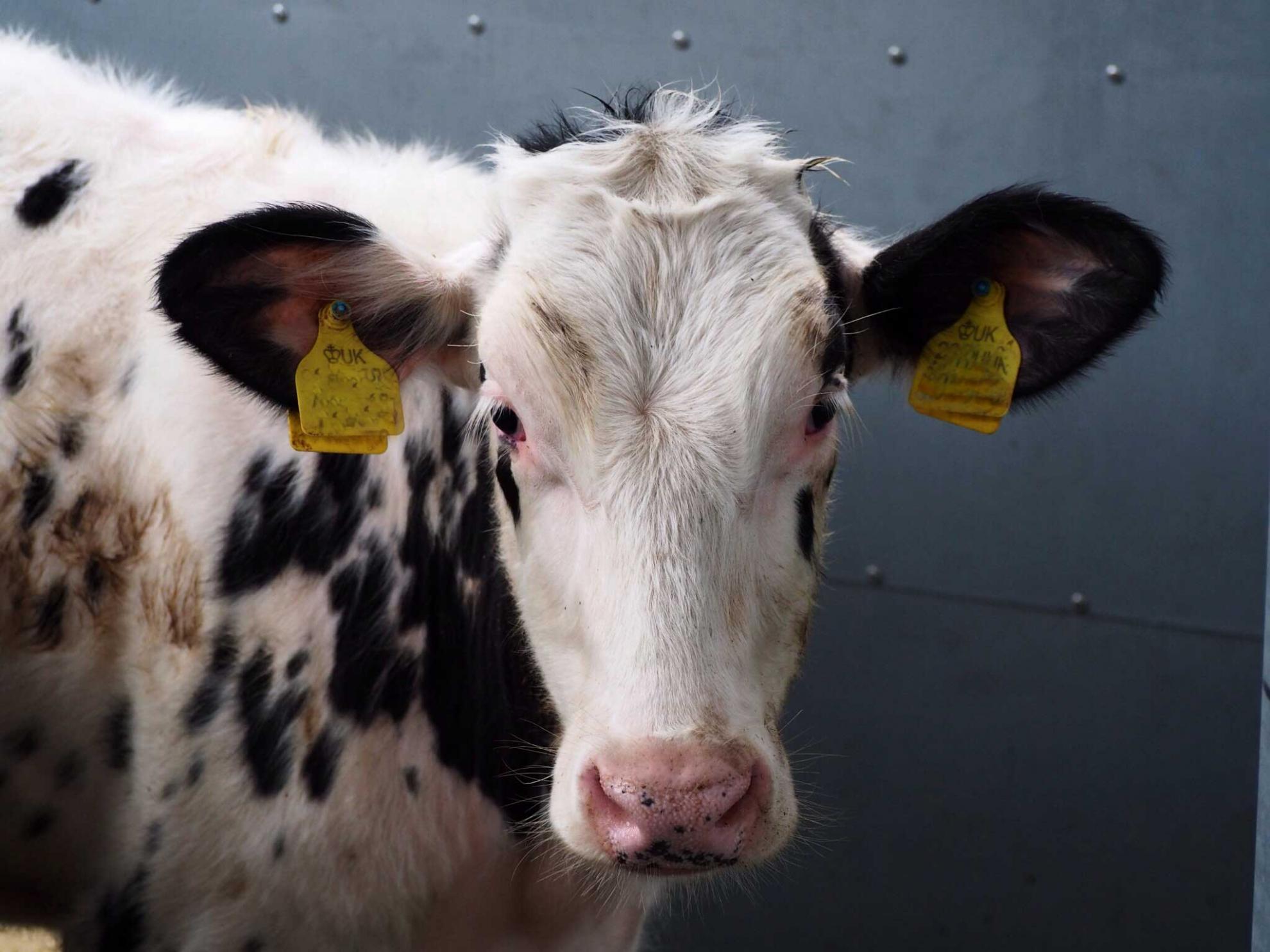The Houghton Facility is a Specific Pathogen Free (SPF) hatchery that allows The Pirbright Institute to hatch and raise poultry under sterile conditions.
This facility maintains the disease-free status of the birds for use in animal experiments to study viral diseases that affect the welfare of chickens and food security in the UK.
The SPF eggs (tissues/cells) from hatched SPF chickens and birds are used by Pirbright's avian scientists in researching pathogens detrimental to poultry health and industry.
Embryonated eggs are supplied by The Roslin Institute’s National Avian Research Facility (NARF) Bumstead Building in Edinburgh, or other commercial suppliers, in support of the Institute’s avian research.
Specialist equipment
- A building working under positive pressure.
- One incubation room with the capacity for incubating 320 eggs per week.
- Hatchery with the capacity for hatching 300 fertilised eggs per week.
- Four rearing rooms with the capacity for accommodating live chicks, up to three weeks of age.
- Vaporised Hydrogen Peroxide (VHP) fumigation chamber; to fumigate all equipment and feed entering the SPF.
The Houghton Facility is named after the Poultry Research Station established at Houghton Grange, Cambridgeshire from 1948.
The Houghton site was incorporated into the Institute of Animal Health in 1986 before its closure in 1992, with operations moved to Compton in Berkshire.
The Institute has a long history of working in poultry disease and this has been captured in naming the new facility.

